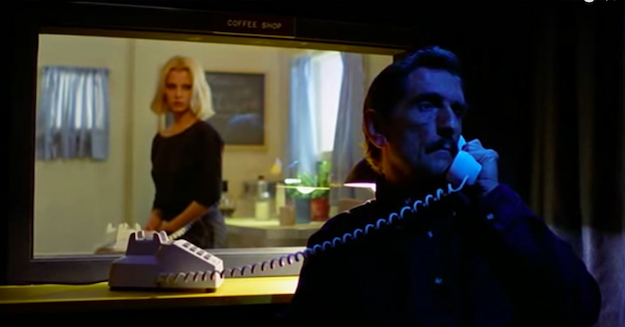How to Make Your Film Look More Cinematic On A Budget
Still from award-winning film - Paris, Texas
Lighting has come to be an important component of cinema's visual design. It is widely recognized that in film, as elsewhere, it can create a substantial emotional impact. Film lighting plays a key role in the storytelling process but shooting projects on a budget can mean limitations on your gear. So how can you maintain a “cinematic” look without a truck full of lighting equipment?
Early filmmakers used mirrors and other reflective devices to focus and redirect sunlight or to block it. With technology came new sources of lighting. Theater spotlights, streetlights and searchlights found their way into the movie industry. In the early 1920s, certain wavelengths of light were impossible to portray on the film used at that time. In 1927, a new type of film allowed directors to capture more wavelengths.
Certain types of film lighting represent entire genres of film. In the 1940s, filmmakers used lighting to introduce film noir. The style featured dark shadows and low light and became synonymous with dark tales and sinister characters. Horror movies also have darker lighting characteristics.
Low-key lighting is used for horror films due to the effects it creates. The dim hue and shadows created by this type of lighting are suited to the conventions of a horror genres. It creates tension due to its mysterious and dark atmosphere, controlling how much of the surroundings and characters are revealed. It sets the tone, mood and creates a dangerous association with enigma through the shadows and dull shades.
The intensity of light could also have an impact on the intensity of our emotions, a study suggests. Research published in the Journal of Consumer Psychology shows that the more intense the lighting, the greater a person's emotions -- both positive and negative. Light is an excellent communicator.
Wim Wenders’ 1984 Paris, Texas, a visually enticing road film centers far more on emotion that action using unique, saturated, colorful light of the vast, wild landscape of the American West. It is no surprise this beautiful poetic film won the Palme d'Or from the official jury, as well as the FIPRESCI Prize and the Prize of the Ecumenical Jury. It went on to win other honors and critical acclaim.
So where does that leave you?
The biggest favor you can do for your film or video project is to plan properly!
If you’re new to lighting or need to brush up on your skills, our Lighting for Film & Video workshops are a great starting point for both beginners and experienced creators. We offer 24-hours of in-classroom training for all levels of media makers.
In our Intro to Lighting for Film & Video workshop, students will examine traditional cinematic lighting values and how they can be applied to their video work without hiring the gaffer with a grip truck while working with an array of industry professional gear in-house. Topics covered include: differences between various cameras and how they capture and manipulate light, quality of light and creating depth, lighting for different styles and situations, working with natural light, 3 point lighting with various lighting kits, and simple and small footprint for simple & small productions.
Our Advanced Lighting for Film & Video course will go beyond the basics of lighting including advanced techniques, equipment, and industry standards used in video & film production. Students will work in crews to shoot various exercises learning hands-on with professional gear, filters, and gels to create their own images. We will practice a variety of exterior and interior lighting situations and stylistic look recreations with example scenes. We’ll cover topics such as: exterior and interior lighting,3 point lighting with larger light sources, analyzing Exposure from references and from camera, advanced Methodology of lighting a scene or video, color theory and more.





